The ANA-Ohio Nursing Policy Hackathon took place November 3-5, 2023, at Miami University in their brand-new Clinical Health Science and Wellness Facility where we sought interdisciplinary, policy solutions to the nursing workforce shortage in one of four areas: acute care, chronic care, public health, and nursing education.
The event kicked off on Friday, November 3, 2023, with the Jeri Milstead Public Policy Symposium. Opening remarks were provided virtually by Congresswoman—and registered nurse—Lauren Underwood. In her remarks, Congresswoman Underwood shared current federal efforts to improve the nursing workforce shortage, and wished hackathon participants the best of luck. Afterwards, Dr. Oriana Beaudet, DNP, RN, FAAN, Vice President of Innovation for the American Nurses Association (ANA), addressed the crowd with her keynote speech that focused on nursing innovation in policy, practice, and addressing both the gaps and opportunities in public health.
Saturday morning commenced with a series of activities, led by Dr. Tim Raderstorf, DNP RN, healthcare innovation consultant, to help hackathon participants get into an innovative mindset. Afterwards, teams began their work ideating policy solutions. Once teams developed and agreed on one to two ideas, they consulted with a legislative mentor, who assisted the teams in transforming their ideas into viable legislation. Ohio Representatives Sara Carruthers and Jennifer Gross and Senator Mark Romanchuk served as the legislative mentors. By the end of the day, teams were to submit two work products: a presentation and a policy brief detailing their proposals and analyses.
Sunday, November 5, 2023, was judging day. The participants’ work was judged by a panel of individuals invited from healthcare industry and the Ohio General Assembly. Eighteen teams participated in the event. The judging panel and audience had the opportunity to hear every team’s three-minute presentation during round one of judging. After round one, the judges made short lists of teams in each of the four areas (acute care, chronic care, public health, and nursing education) and took time to deliberate, read, and evaluate the full policy briefs. Judges then chose the two finalist teams for each of the four areas. Each finalist team was cold-called up to the judging panel for a five-minute Q&A with the judges. After the Q&A, the judges went through a second round of deliberation to choose a winner in each track. The following individuals served as event judges:
- Dr. Rachel Baker, PhD, RN, CRN-BC, Ohio State Representative, District 27
- Dr. Karen Bankston, PhD, MSN, FACHE, FAAN, Professor Emerita, University of Cincinnati College of Nursing; President of the Board, Best Point
- Lee Ann Bower, AS, Education Director, Ohio Council for Home Care & Hospice
- Brittany Gabbard, Director of Nursing, Butler County Health Department
- Jayne Gmeiner, MS, RN, NEA-BC, Chief Nursing Officer, Dayton Children’s Hospital
- Dr. Corrin Steinhauer, DNP, MSN, Chief Nursing Officer, The Ohio State University Arthur G. James Comprehensive Cancer Center
- Representative James Hoops, BS, Majority Whip, Ohio House of Representative; Ohio State Representative, District 81
This was the first nurse-led policy hackathon in the U.S., and throughout the weekend, we hosted approximately 120 participants, including 20 students, five state legislators, ten hospital administrators and academic deans, and 80 nurses and individuals without a healthcare background.
Overall, feedback from the event was very positive. A lot of excitement and energy was generated throughout the weekend, and some participants have expressed interest in continuing to pursue their policy ideas, creating legislation that can be introduced to the General Assembly.
What made it innovative?
The nursing workforce shortage is not a new problem. Historically, nursing organizations have attempted to solve this problem through introducing legislation that mandates safe staffing ratios. Safe staffing ratios state that one nurse can only care for a certain number of patients based upon the area of health care in which the nurse works (Bartmess, Myers, & Thomas, 2021). While there is consensus around the idea of safe staffing through staffing ratios, this solution alone is an inadequate response to addressing the complexities of the nursing workforce shortage.
ANA-Ohio wanted to approach this problem differently—in a more innovative and collaborative manner that tackles multiple root causes of the shortage. Massachusetts Institute of Technology uses policy hackathons as a method of solving complex, societal challenges. So, it seemed like there was great potential in applying this method of problem solving to the nursing workforce shortage. And voila! The 2023 ANA-Ohio Nursing Policy Hackathon was born.
What did the Policy Hackathon achieve?
The objective of this event was to generate policy ideas that could be further developed into legislation, which would ultimately improve the nursing workforce shortage. Eighteen teams participated in the event and generated policy ideas in the areas of acute care, chronic care, nursing education, and public health. Moving forward, the focus will shift to collaborating with state legislators to further develop the ideas into viable legislation.
As an added achievement, at the end of the event, participants commented on how much they learned from their teammates about root causes of the workforce shortage, and from the legislative consultants about how to develop ideas into adoptable legislation. Some commented on how eye-opening it was to learn about the details of the issue and the creative solutions that were generated.
It turned out to be a wonderful networking event as well, since healthcare organizations from across the state were in attendance. All participants left with a sense of purpose and community as a result of working together on a problem that ultimately affects everybody.
Reference
Bartmess, M., Myers, C. R., & Thomas, S. P. (2021). Nurse staffing legislation: Empirical evidence and policy analysis. Nursing Forum, 56(3), 660-675. https://doi.org/10.1111/nuf.12594

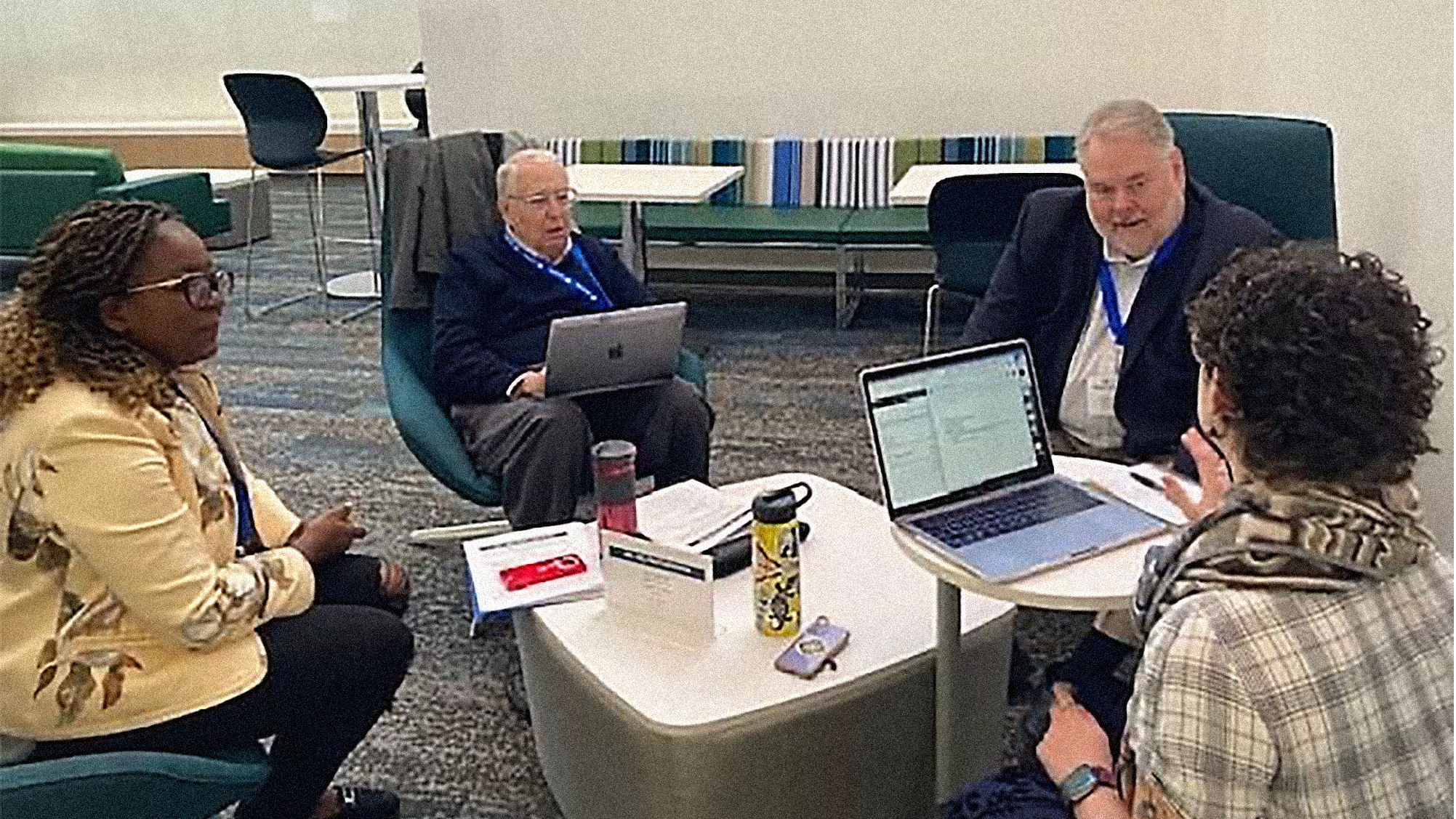



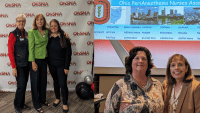










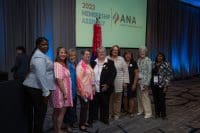

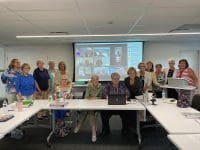
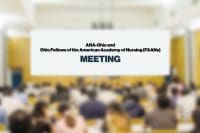









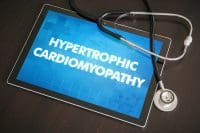


1 Comment. Leave new
I am an ADN nurse. I have had a full and successful career without mishap for over 46 years. At one point in my career I was working toward my BSN, but family health issues interfered. At the cost of college today, I feel that ADN nurses are a valuable option in the workforce and keep costs low. I have worked with ADN’s, BSN’s, and other educated nurses, and in my experience a good nurse is a good nurse! Experience, common sense, a willingness to learn all the intricacies and nuances associated with your specialty, and staying current seemed to make a better nurse rather than academics. Not every RN wants to be a manager.